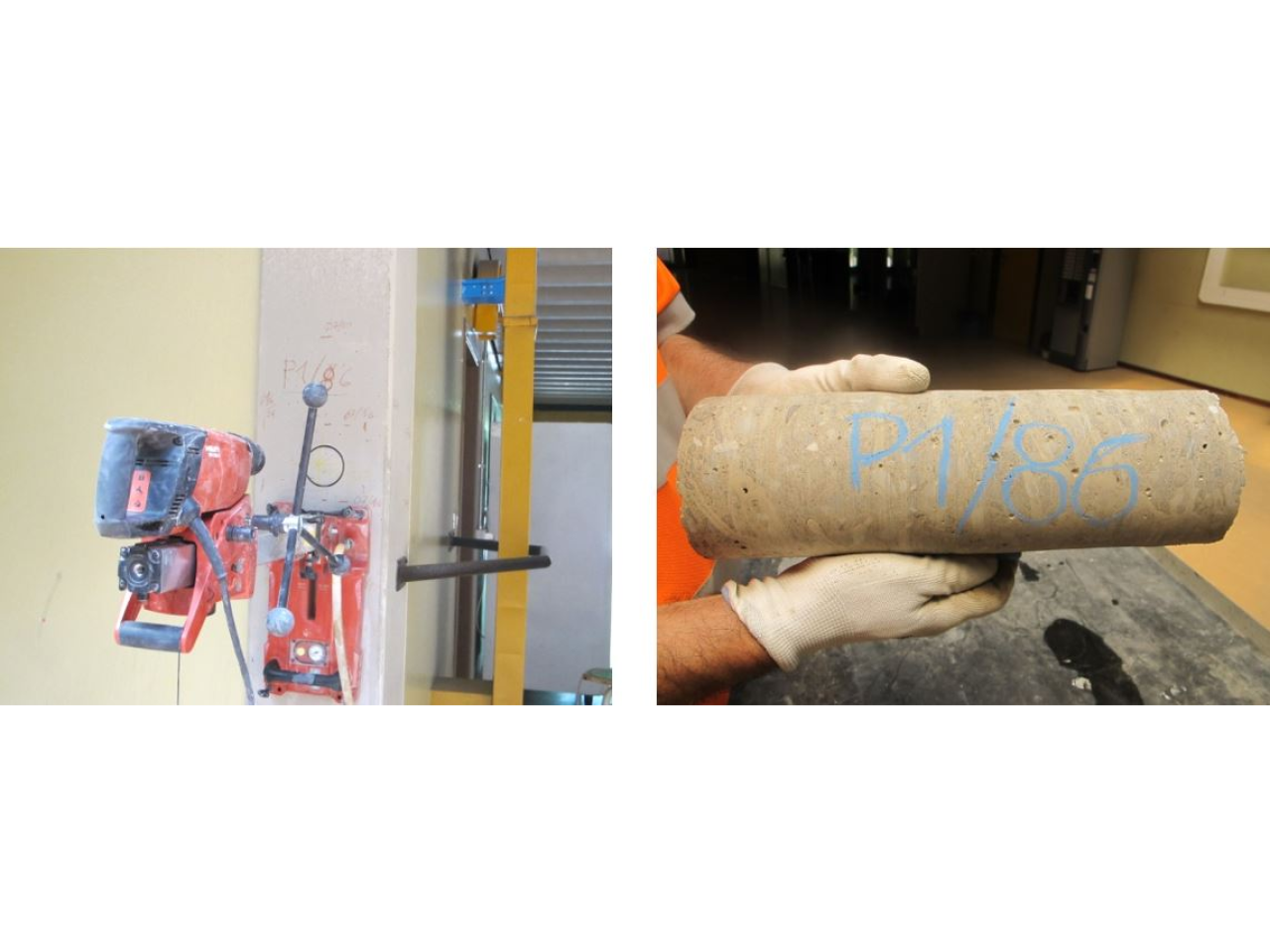Following the damages recorded in prefabricated structures due to the earthquakes that took part in from the 20th to the 29th May of 2012, the CIRI (University of Bologna) was tasked to supervise the safety measures of prefabricated schools and gyms from the city of Bologna. This action was meant as a prevention in order to solve the lack of connections between structural elements, according to the Ministerial Decree 74/2012. For each of the interventions, first of all was done an important survey activity of the current situation, followed by an in situ verification of the construction details and the identification of critical situations in the structures. Then interventions for the safety measures of precast structures were proposed, that could be summarized as three basic types: connection beam-prefabricated roofing elements, connection beam-column, and links to the main structure for external panels and eventually internal infill walls.
Realization of a new type of connections able to take advantage of their dissipative ability.
Industrial precast structures and school precast structures.
 Semi-destructive tests: extraction of cores from precast beams and columns.
Semi-destructive tests: extraction of cores from precast beams and columns.
Buildings of the Province of Bologna: ITIS Belluzzi, the IIS Mattei, the ITC.Keynes, the ITG Pacinotti and gyms dell'IIS Bruno, dell'IIS Cappi and dell'IIS Montessori; Nursery "Patini"; Primary school "August 2"; Secondary School 1st Grade "F.Besta" Primary School "Bottego"; Secondary School 1st Grade "Dozza"; Secondary School 1st Grade "Il Guercino"; Secondary School 1st Grade "Salvo d'Acquisto"; Secondary School 1st Grade "Volta" and primary school "Mazzini".
The aim of the service is to define the safety interventions and is divided into several phases. The preliminary phase aimed to establish the knowledge of the structural elements’ geometrical characteristics as well as the mechanical characteristics of the materials. It is possible to achieve these information through documentary surveys and in situ tests. The second stage identifies the main criticalities and the design of interventions for safety measures. The main lacks are due to the connections between structural elements realized by dry supports often characterized in insufficient size, and the connections between structural and not structural elements. The third stage involves the assessment of the maximum force and displacements. The design force is the maximum force expected during the seismic action, achieved through the deformation of the connection. In the fourth and final phase it is possible to identify the types of interventions adapted in order to resist these forces and is possible to proceed with the design of the afore mentioned. Conception of structural interventions which are able to solve the lack of connection between structural elements in buildings realized with no seismic criteria. The examination of the experimental results has provided useful design guidelines to improve the behaviour of these connections.
Provincial Authority of Bologna. Halfen S.r.l.; Municipality of Bologna.
The innovative types of connections have carried out in place in prefabricated schools. Furthermore, such interventions could be realized in private buildings such as sheds in prefabricated structure. Some manufacturers of connections have shown interest in the experimentation of other innovative types of connections.

